Stroke. It’s a word that evokes fear and uncertainty. But knowledge is power and understanding stroke – its causes, symptoms, and prevention – can empower you to protect yourself and your loved ones. Stroke is the second leading cause of death globally as per the World Health Organization. Considering the seriousness of the disease, this blog aims to be your one-stop guide to understanding stroke in the Indian context.
What is a Stroke?
A stroke happens when blood flow to part of the brain is interrupted. This can be caused by a blockage (ischemic stroke) or bleeding (hemorrhagic stroke) in the blood vessels supplying the brain. Without oxygen and nutrients, brain cells start to die, leading to sudden loss of function in the affected area. The severity of a stroke depends on the location and size of the affected area.
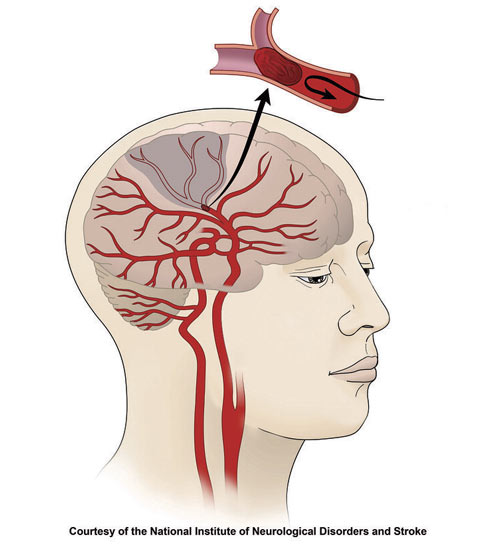
Types of Stroke:
There are two main types of stroke:
- Ischemic Stroke (87% of all strokes): This occurs when a blood clot blocks an artery leading to the brain. High blood pressure, high cholesterol, diabetes, and smoking are major risk factors.
- Hemorrhagic Stroke (13% of all strokes): This occurs when a weakened blood vessel ruptures and bleeds into the brain. Uncontrolled high blood pressure is a major risk factor.
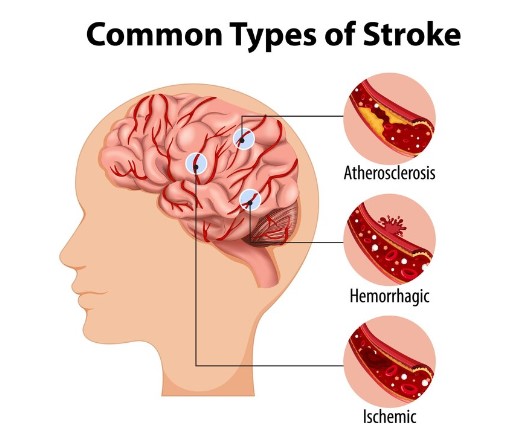
Why Should Indians Be Particularly Aware of Stroke?
Stroke is a leading cause of death and disability worldwide, with India bearing a significant burden. India has the highest burden of stroke in the world. Nearly 1.8 million strokes occur in India annually as per Indian Stroke Association. Here’s why Indians need to be extra vigilant:
- High Prevalence of Risk Factors: Conditions like high blood pressure, diabetes, and obesity are on the rise in India, all significantly increasing stroke risk.
- Lifestyle Changes: Urbanization and changing lifestyles with increased stress, unhealthy diets, and physical inactivity contribute to risk factors.
- Limited Awareness: Compared to developed nations, stroke awareness in India is lower, leading to delayed diagnosis and treatment.
Understanding Stroke in Women
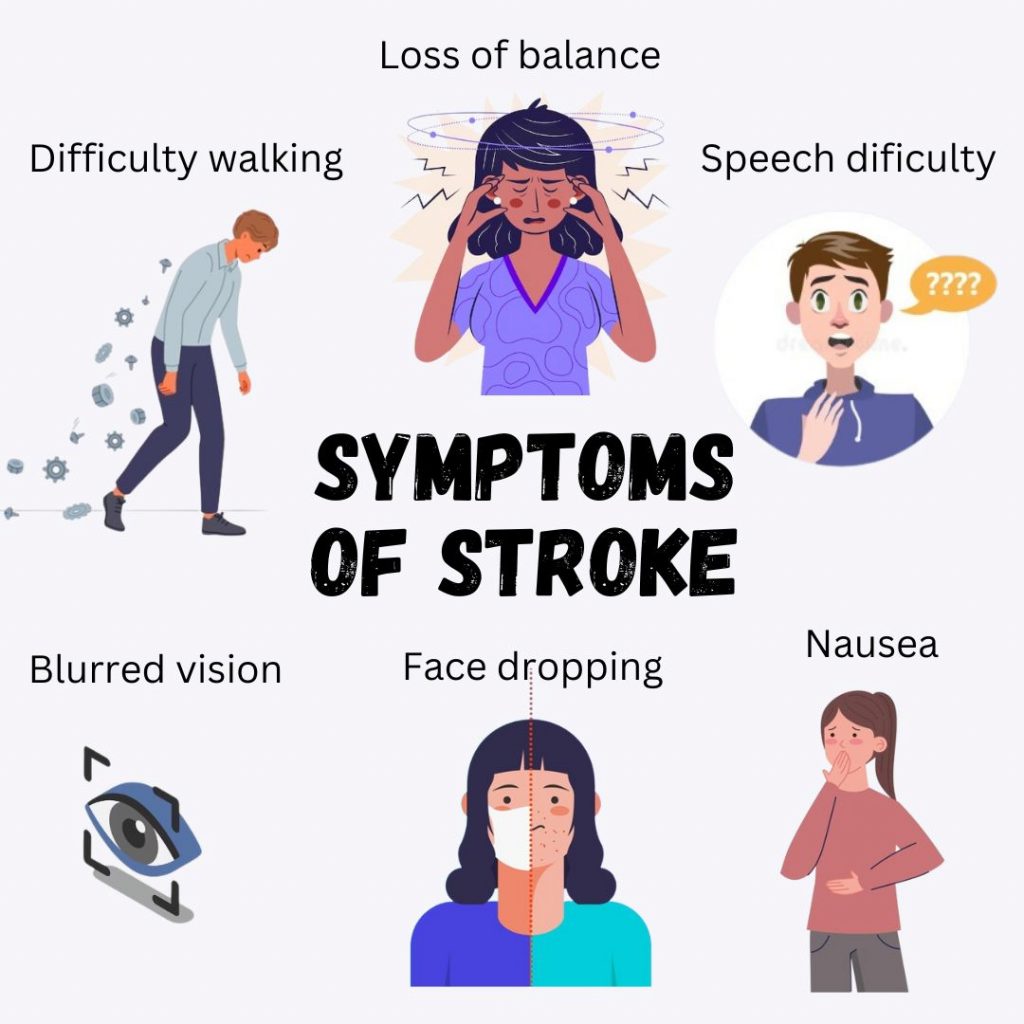
While stroke affects both men and women, some factors are specific to women:
- Pregnancy Complications: Preeclampsia and eclampsia during pregnancy can increase the risk of stroke later in life.
- Hormonal Factors: Hormonal changes like those during menstruation and menopause can affect stroke risk.
- Migraines with Aura: Women with migraines with aura (visual disturbances before headaches) have a slightly higher stroke risk.
Understanding Stroke in Men
Men tend to experience stroke at a younger age than women. Here are some specific risk factors:
- Early Onset of Risk Factors: High blood pressure, cholesterol, and diabetes often develop earlier in men, increasing their risk window.
- Undiagnosed Health Conditions: Men are less likely to visit doctors regularly, potentially missing underlying health issues that contribute to stroke.
How to Prevent Stroke
The good news is that many strokes are preventable. Here are some key steps you can take:
- Maintain a Healthy Lifestyle: Eat a balanced diet, exercise regularly, maintain a healthy weight, and manage stress.
- Routine Physical Activity: Regular physical activity for at least 150 minutes per week can reduce stroke risk by 30% as advised by WHO.
- Control Blood Pressure: Regular monitoring and medication if needed are crucial for blood pressure control.
- Manage Diabetes: Strict blood sugar control is essential to prevent stroke risk associated with diabetes.
- Quit Smoking: Smoking significantly increases stroke risk. Consider smoking cessation programs for help.
- Limit Alcohol Consumption: Excessive alcohol consumption raises blood pressure and stroke risk.
- Know Your Family History: If you have a family history of stroke, talk to your doctor about preventive measures.
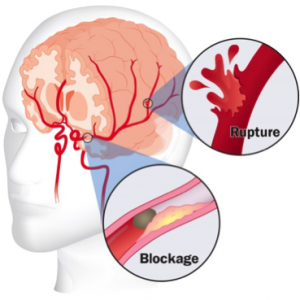
Signs of a Stroke Before it Happens (FAST)
Early recognition and treatment of stroke are critical for minimizing brain damage. Remember the acronym FAST to identify potential stroke symptoms:
- Face Drooping: Does one side of the face droop or feel numb?
- Arm Weakness: Can’t raise both arms equally? Is one arm weak or numb?
- Speech Difficulty: Is speech slurred or difficult to understand?
- Time to Call Emergency Services: If you experience any of these symptoms, call emergency services immediately! Time is brain tissue.
Conclusion
Understanding stroke is essential for everyone in India. By adopting healthy habits, managing pre-existing conditions, and recognizing the warning signs, you can significantly reduce your risk. Remember, early action saves lives. Don’t hesitate to seek medical help if you suspect a stroke. Take charge of your health and spread awareness – together, we can fight stroke and create a healthier future for all.
Frequently Asked Questions
1. Are there warning signs days before a stroke?
Ans: Absolutely! While strokes often strike suddenly, you might see some red flags in the days leading up to it. Think FAST:
- Face: Does one side feel numb or droop?
- Arms: Can’t raise both arms equally? Weakness?
- Speech: Slurred or hard to understand?
Remember, FAST is all about acting fast! If you notice any of these, call emergency services immediately. Time lost is brain lost – let’s save those precious neurons!
2. What causes a stroke in men and women?
Ans: Stroke hits both men and women, but there can be some twists. Guys often see risk factors like high blood pressure and diabetes earlier, upping their overall risk window. Women have their own set of concerns too. Pregnancy complications and hormonal changes can play a role. Migraines with aura can also be a slight red flag. The bottom line? Regardless of gender, keep an eye on your blood pressure, manage diabetes, and ditch the smokes.
3. Can a stroke be prevented before it happens?
Ans: Absolutely! Stroke isn’t a guaranteed one-way street. Here’s the good news: many strokes are preventable. Think healthy lifestyle – ditch the junk food, lace up your walking shoes, and manage that stress. Keeping your blood pressure and diabetes in check are superstar too. Smoking? Not a fan – quit and give your brain a fighting chance. It’s all about making smart choices for a healthier you.

 Emergency Number
Emergency Number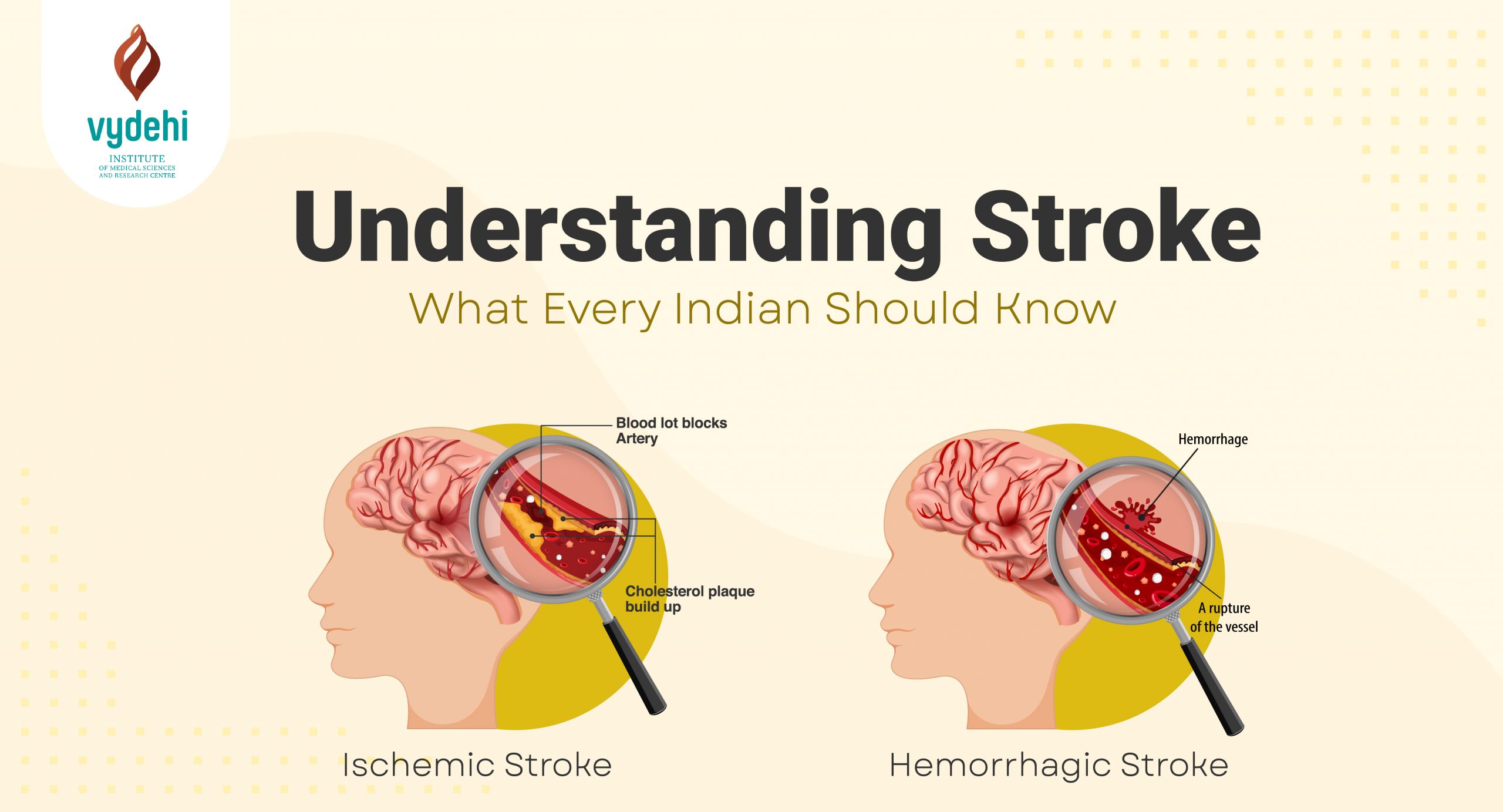
Thank you for highlighting the signs of stroke with the FAST acronym. It’s a simple but effective way to remember!
Important insights on stroke risk factors, especially for Indians. We need to prioritize awareness and prevention.